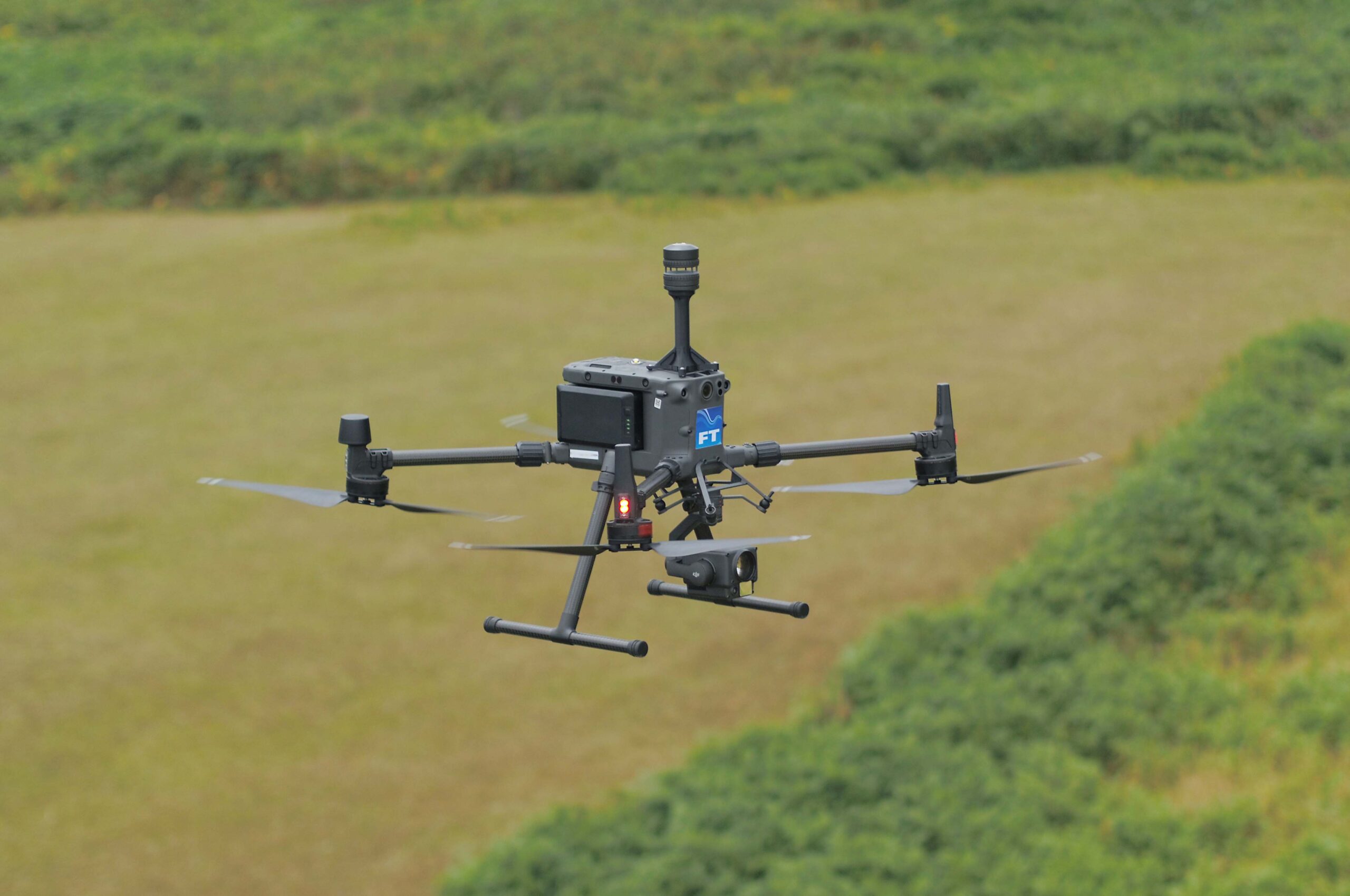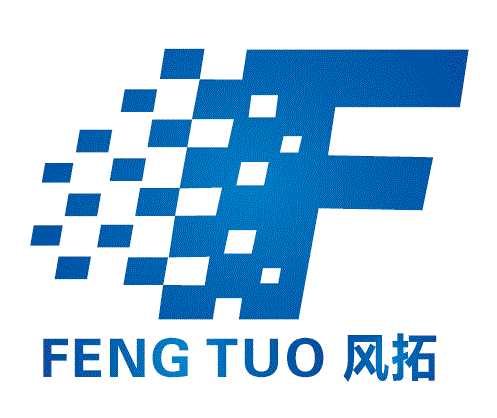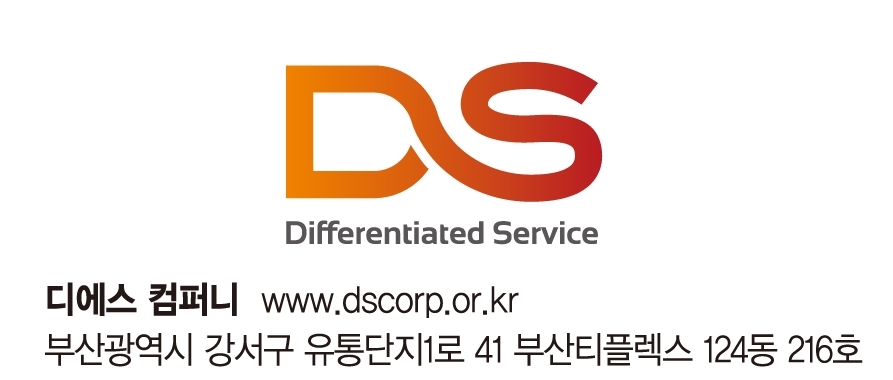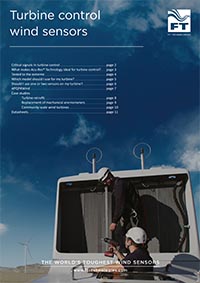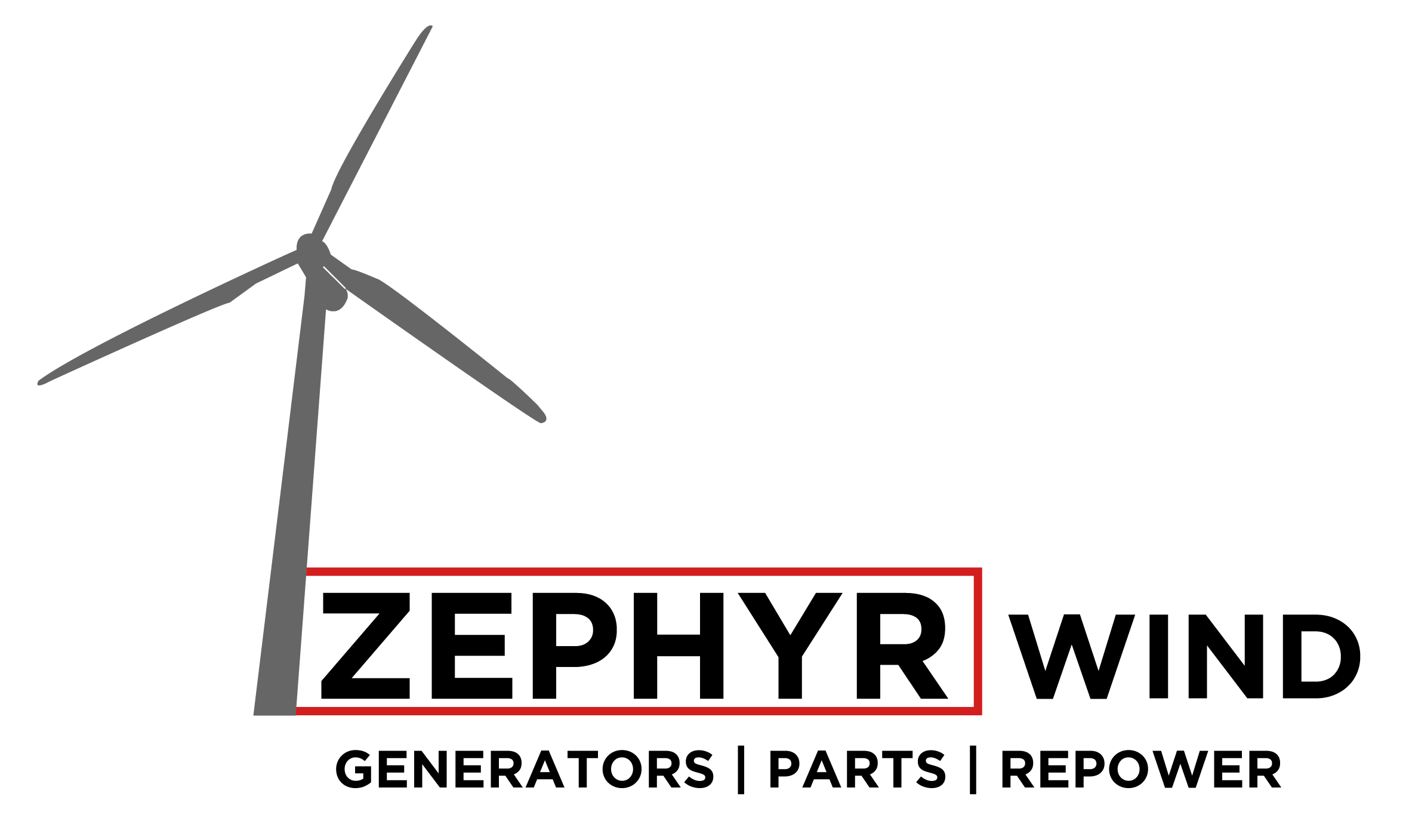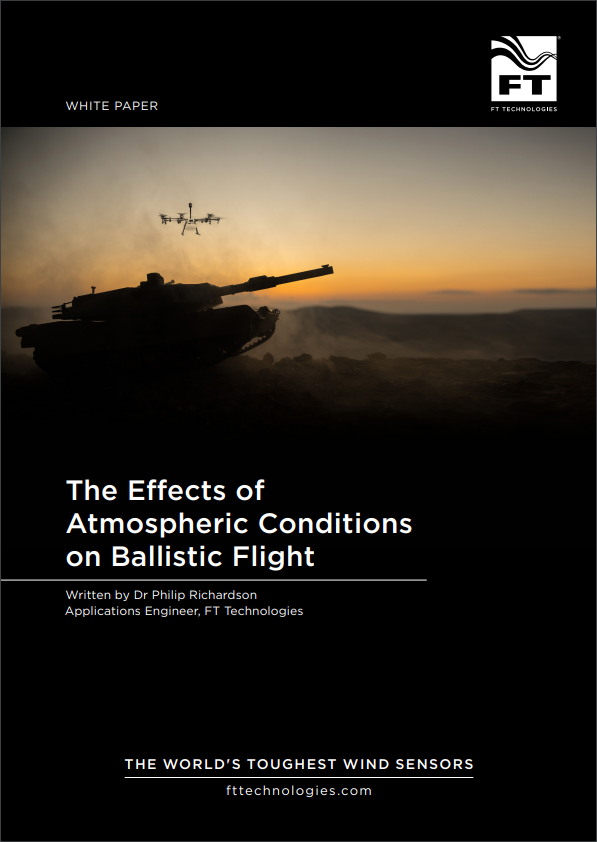Drone Interview with Gordon Bease
FT Technologies manufactures the World’s Toughest Wind Sensors, and many of our new customers are integrating our products onto drone platforms. We spoke to Gordon Bease, Director of North American Operations about how the drone market is opening up new opportunities for the company.
Why would someone want to use a wind sensor on a drone?
We see three main thrusts here.
1. As a meteorological sensor, our products measure wind speed, wind direction, acoustic air temperature and recently we have added barometric pressure. These measurements can be used as part of a mobile drone weather station: maybe used for applications such as environmental monitoring, atmospheric measurements, pollution monitoring, precision agriculture etc. The wind input can be used to normalise or provide a reference point for the other measurement sensors on a drone, for example in methane detection or CBRNe applications, where consistent quantitative concentration results are required, but the wind at the measurement location may be changing from day-to-day or hour-to-hour and affecting the concentration profile. A wind sensor can also be used for drone flight range estimation – there is a risk of a rotor UAV not making it back to base before running out of power if it has to return against a headwind… a wind sensor can help calculate the safe operating flight range in that case. Our UAV sensors all incorporate an integrated compass, so that true wind can be separated from apparent wind, and true wind measurements can therefore be taken from a moving UAV platform.
2. The second category is where the wind sensor provides information to a flight control system. Drones that operate around or close to large structures such as wind turbines, transmission towers or buildings in urban environments, are prone to a lot of unexpected wind gusts and turbulence. Using a wind sensor as part of a Dynamic Positioning System can help to protect property, the public, the UAV and surrounding objects from collision, injury and damage. For example, in the case of wind turbine inspection, you want the drone to be close enough to the turbine to capture enough detail, but the closer you are, the more responsive a control system is required.
In package delivery, the drone’s weight varies enormously from pre to post delivery, and so dynamically it behaves much differently – again, a wind sensor can help with position control, maneuverability and collision avoidance, independently of the weight of the drone platform.
In addition, we have seen some advantages when our wind sensors are integrated with an INS to provide a GNSS-denied solution. If a drone loses its GNSS (or GPS) positioning data, because of the strength of winds aloft, the drone can drift significantly. This can happen on a battlefield where an enemy jams the GNSS signals causing the drone to lose position, but also in civilian applications where for whatever reason, the GNSS coverage drops. I’m sure that a reader can understand the enormous importance of knowing precisely the location of a drone… and the risks to property and injuries which can occur if a drone becomes “rogue”.
3. The third thrust we are seeing, is that users want to replace or augment pitot tube operation. Pitot tubes have been in use for a long time, and are an established technology, but we hear from end users that they suffer from two main issues: inaccurate low air-speed measurement, and inherent one-dimensional direction reporting. Our products accurately measure the air speed range from 0-145 knots (0-75m/s) in a full 360 degrees. This opens up opportunities in VToLs where the absence of a pilot causes difficulty with drift detection and compensation during take-off, hovering and landing – our sensors provide the situational awareness required to help maintain control of the vehicle. It also means that in the new AAM/UAM or VToL air taxi/air cargo applications, a wind sensor on the airframe itself can take the place of a met station at a vertiport – so that drones can take off/land safely in any open area without met station infrastructure. You can think of our sensors as enabling the role of a “transportable vertiport”.
So, what makes your technology different and advantageous for drone use?
We are unique in the marketplace, in that we use acoustic resonance to measure wind speed, direction and acoustic air temperature. Acu-Res® technology provides a superior signal/noise ratio, which enables high levels of data availability and accuracy in acoustically and vibrationally-noisy environments. We have designed our products to withstand shock and vibration and they have passed HALT tests at 50g. This may sound like overkill, but some fixed wing drones are launched by catapult, and this can place enormous mechanical stress on sensors, so we are confident that our products are tough. In addition, since UAV’s are essentially mobile radio transmitters/receivers, we have designed our products to be immune to Radio Frequency Interference, and to have low enough emissions that they will not affect neighbouring sensors on the drone.
How do you see the drone market developing?
It is a very interesting market for FT Technologies, and I believe that it can be a driver of innovation. It seems that every day I read about a new application for drones, and many of those benefit from the on-board integration of a wind sensor. There is currently a lot of focus on drone infrastructure and regulations, which has limited drone use, but solutions are being put into place and the UAV market will exponentially expand and drones will become ubiquitous. I am very much looking forward to my first trip in an air taxi!
